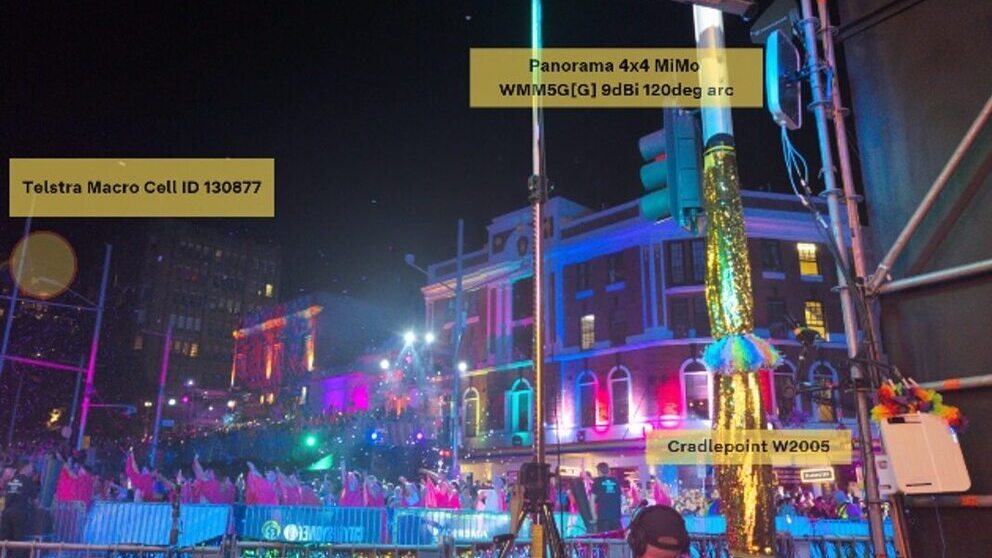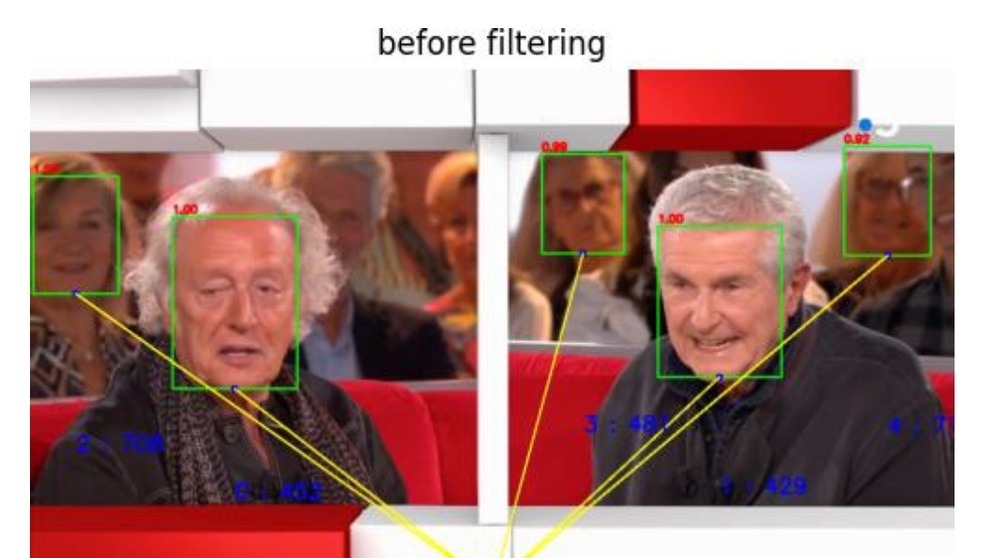This paper outlines a novel architecture blueprint that use large language models (LLMs) to enhance ad targeting effectiveness through personalized messaging.
In 2017, Netflix demonstrated the impact of personalized promotional messaging by adapting artwork based on user preferences and viewing history. The company’s content experts generated multiple images for every title and change them regularly to lure audiences based on their previous viewing history. The approach utilized a sophisticated “online reinforcement learning” strategy, optimizing the balance between exploiting known user preferences and exploring new data for improved recommendations. This dynamic methodology was essential in minimizing the cumulative “regret” (defined as the difference between the expected “payoff” (e.g. engagement) of the algorithm and the payoff of a single fixed strategy for selecting artworks) and enhancing viewer satisfaction over time.
Despite its efficiency, this approach epitomized a few key principles under the legacy Personalization 1.0 paradigm, namely the need to choose between a finite set of creatives (while being limited by multimodal content creation’s cost and complexity), the reliance on high-quality (and therefore expensive) human preference labels to optimize algorithmic tuning, and the use of shallow context information (e.g. transient signals like search history) as proxies for viewers’ interests. Today’s advancements in Generative AI necessitate a complete re evaluation of the algorithmic / architectural trade-off and its relevance.
This paper outlines...
You are not signed in.
Only registered users can view this article.

IET announce Best of IBC Technical Papers
The IET have announced the publication of The best of IET and IBC 2024 from IBC2024, once again showcasing the groundbreaking research presented through the papers. The papers have been selected by IBC’s Technical Papers Committee for being novel, topical, analytical and well-written and which have the potential to make a significant impact upon the media industry. 327 papers were submitted this year, and after a rigorous selection process this publication features the ten papers deemed by the judges to be the best.

Technical Papers 2024 Session: 5G Case Studies – public network slicing trials and striving for low latency
In this session from IBC2024, Telestra Broadcast Service and the BBC present their work 5G Case Studies as part of the IBC Technical Papers.

Technical Papers 2024 Session: AI in Production – training and targeting
In this session from IBC2024, three authors from NHK, Viaccess-Orca and European Broadcasting Union present their work on the application of AI to media production as part of the IBC Technical Papers.

Technical Papers 2024: Audio & Speech – advances in production
In this session from IBC2024, two authors present their work on Audio Description and implementing Audio Definition Model as part of the IBC Technical Papers.

Technical Papers 2024 Session: Advances in Video Coding – encoder optimisations and film grain
In this session from IBC2024, IMAX, MediaKind, Fraunhofer HHI and Ericsson present their work on video coding, as part of the IBC Technical Papers
